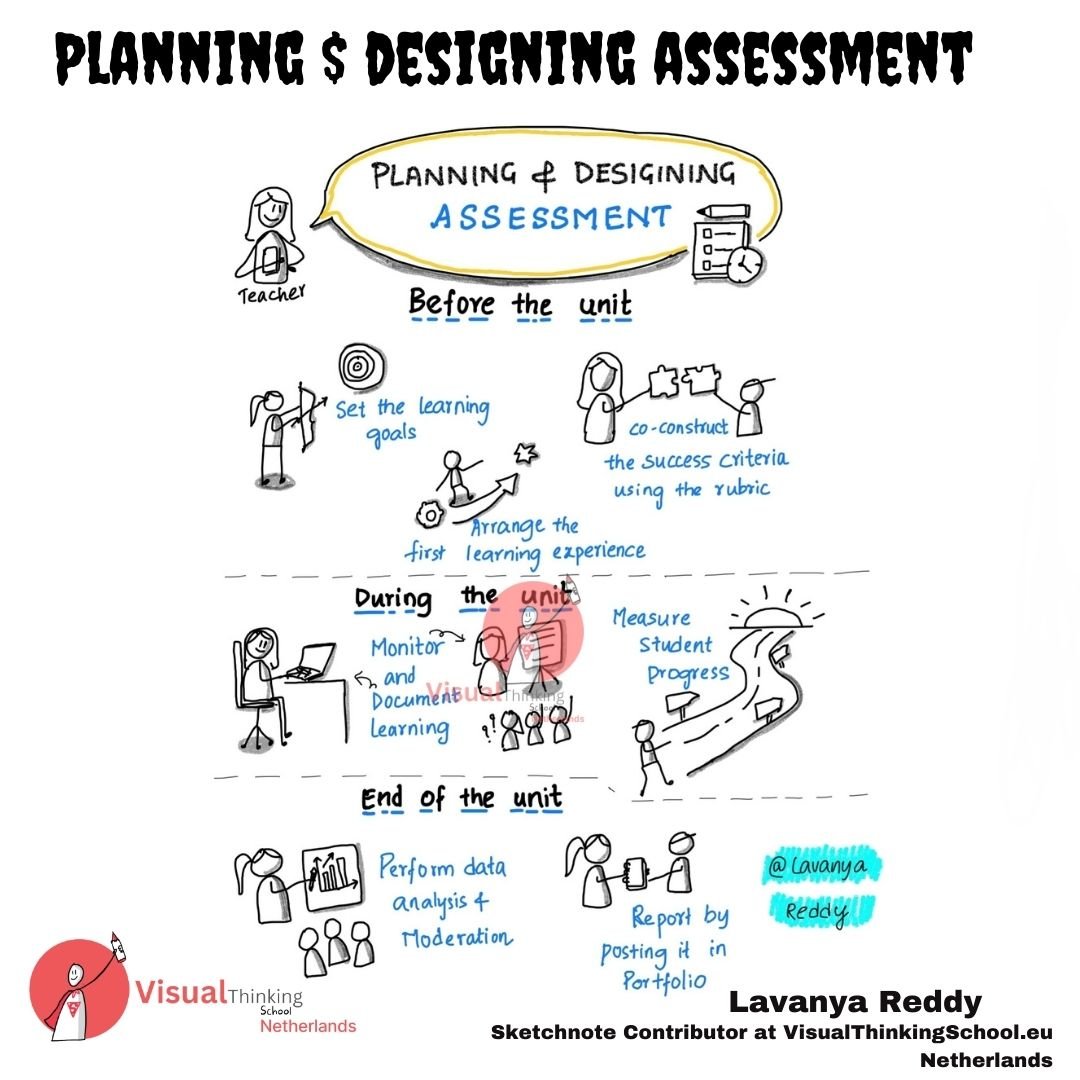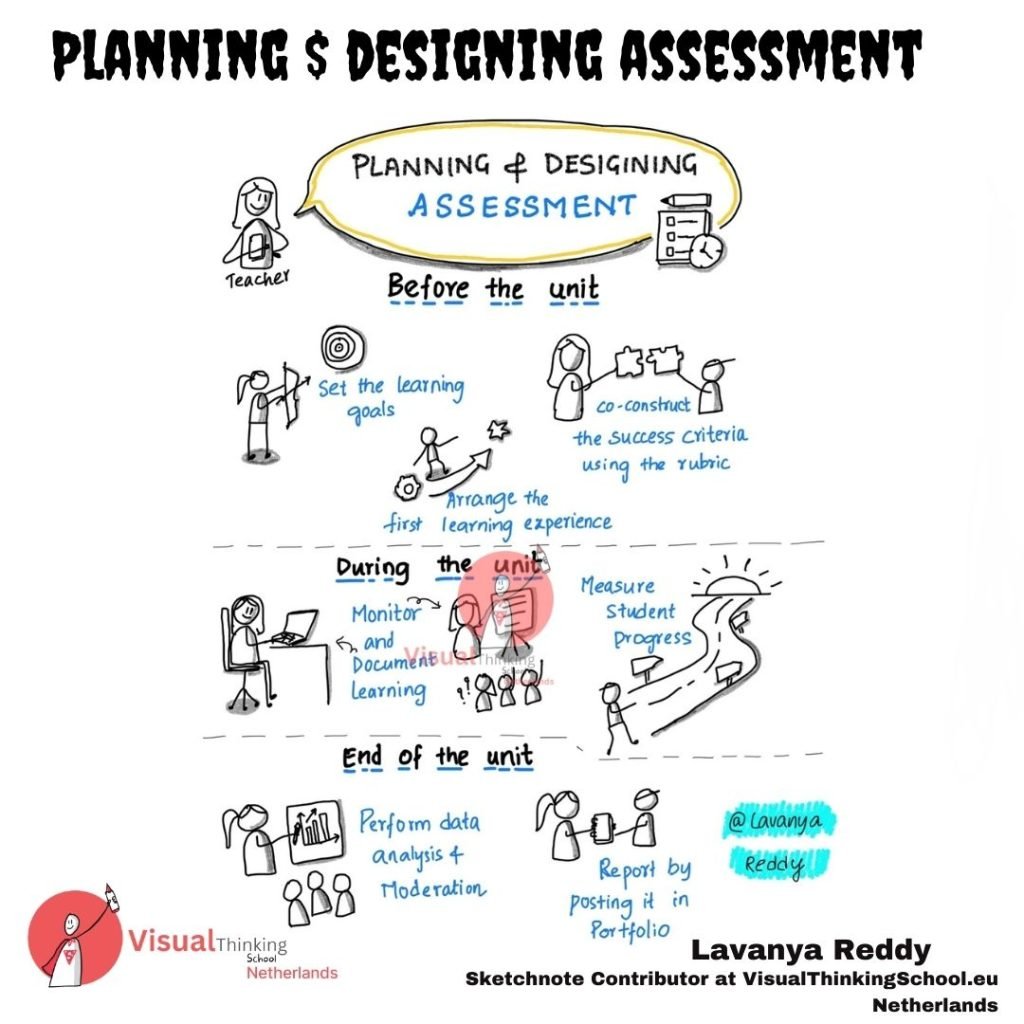

Effective planning and designing assessment are crucial for fostering a learning environment that supports student growth and achievement. By strategically mapping out assessments before, during, and at the end of a unit, educators can ensure that their evaluation methods are purposeful, transparent, and aligned with learning objectives. Let’s delve into how to craft assessments that not only measure student progress but also engage and motivate learners throughout their educational journey.

The foundation of any successful unit is clear, achievable learning goals. These objectives should articulate what students are expected to know, understand, and be able to do by the end of the unit. Setting these goals early on guides the development of both teaching strategies and assessment methods.
The initial learning experience is pivotal in setting the tone for the unit. It should intrigue, engage, and inform students about the key themes and questions they will explore. This initial encounter can also serve as a diagnostic tool, giving educators insight into students’ prior knowledge and skills.
Involving students in creating success criteria is a powerful strategy for enhancing learning. By co-constructing the rubric, students gain a clear understanding of what is expected of them and how their work will be evaluated. This collaborative process also fosters a sense of ownership over their learning and assessment.

Ongoing monitoring and documentation of learning are vital for both teachers and students. This continuous assessment helps educators identify students who may need additional support and adjust their teaching strategies accordingly. For students, it provides regular feedback on their progress and areas for improvement.
Measuring student progress involves a mix of formative and summative assessments tailored to the unit’s learning goals. Formative assessments, such as quizzes, drafts, and discussions, offer timely feedback and opportunities for improvement. Summative assessments, on the other hand, evaluate student learning at the end of an instructional period.

At the unit’s conclusion, gathering and analyzing assessment data is crucial for understanding its effectiveness and the extent of student learning. Moderation of assessments, especially in collaborative teaching settings, ensures consistency and fairness in grading.
The final step is to compile and report assessment outcomes. Sharing these results with students provides them with a comprehensive view of their performance and learning journey. Posting these outcomes on portfolios allows students to reflect on their growth over time and celebrate their achievements.

Planning and designing assessment is a thoughtful process that plays a critical role in educational planning and student learning. By setting clear goals, engaging students in the creation of success criteria, monitoring progress, and analyzing outcomes, educators can create a learning environment that not only assesses but also enhances student achievement. This approach to assessment planning ensures that evaluation is not just an end-point but a continuous, integrated process that supports and celebrates learning.
We conduct online and in-person certification trainings on our Trade Marked Training on Business Sketchnotes ™.
We have an open challenge in our trainings : If you can not draw after our 9 hours of trainings, we will close our trainings FOR EVER !! ..and we are still waiting for that one person even after training more than 38000 professionals.
You can also join our whatsapp community to learn from those who have attended our trainings

We trained more than 38000 professional and gave corporate trainings in more than 65+ top notch companies

Check Our Trainings

Maths educator by profession and sketchnoter by passion. She loves teaching maths using sketchnotes. She is also an acredited school sketchnote trainer with Visual Thinking School, Netherlands.
More of her sketchnotes can be checked on her Instagram: @Lavanya_anugula